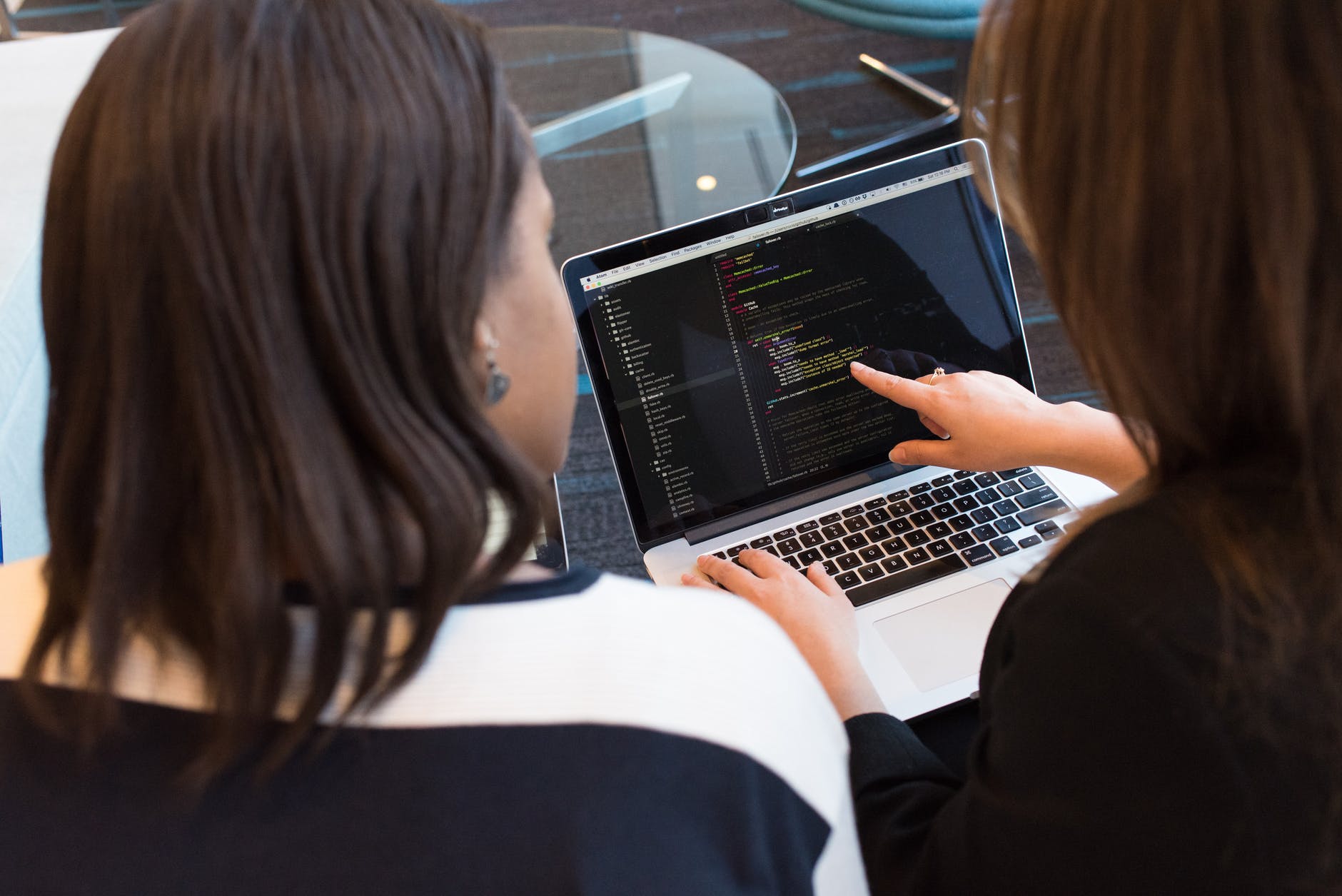Programmers are now considered the new elite – like investment bankers in the early 2000s: the IT industry offers the highest salaries and fastest career growth. Software development can become a social elevator for talented children from the regions – it will open opportunities for them that are unavailable in any other sphere.

The main trends in the labor market are an acute shortage of skilled programmers and the growing demand for software developers. That is why many young people and adults try to realize themselves in this field. Some students dedicate themselves to studying coding so much that they leave almost all their college papers to “do my paper for me” services, allowing them to keep up with their academic performance and learn to program simultaneously.
In short, the profession of programming in the foreseeable future will remain both in demand and highly paid: pick up books and online programming courses for your children now, and they will be grateful to you in the future.
Why should you teach your child programming?
It’s trite, but it’s a fact: IT occupations are the future. Employers value employees with complementary IT skills – and you don’t have to be a full-fledged developer. It is enough to be able to write scripts that automate routine office tasks.
You should start training your child early to give them a competitive edge and develop additional skills – analytical thinking and an algorithmic approach to solving any problems.
Does your child have talent?
How do you determine whether a child will succeed in the IT field? There are two discouraging viewpoints:
Both views are not entirely true. Programming is an engineering activity, all aspects of which can be mastered if you have the desire and motivation. But it does take a lot of encouragement. As for mathematical skills, you can do without them in some areas of development: creating a user interface and writing code for the frontend will not require excellent mathematical skills.
If your child has drawing, sketching, and sculpting skills, 3D modeling, visualization, or digital sculpting might be more suitable for them. Creative people may find their vocation in game making, developing models for 3D printing, and creating visual effects for films and advertisements.
What to do if your child is not interested in programming
Boring school computer lessons that teach you to write primitive programs in Turbo Pascal can completely demotivate a child. If the books on programming in Java that you gave as gifts are gathering dust on the shelf and the prospect of enrollment in courses causes a negative reaction, try other approaches:
Present a toy robot or a self-assembly and programming toy kit; watch the Boston Dynamics YouTube channel with your child – an awesome robot dance is sure to generate a burst of enthusiasm.
Bright, exciting games are much more interesting than boring textbooks. Games help develop algorithmic thinking and introduce your child to basic programming concepts – conditional choice, loops, arrays, objects, and methods. Install on your child’s tablet the suitable game for learning programming.
Does your child like to draw or model? Show them the great free app SculptGL – unlike most 3D packages, it has a straightforward interface.
And most importantly – work with your child. You should become the first teacher and personal example for your child. Indeed, you have already seen from your own experience as a parent how vital common interests are during the difficult transition period. An online course together will help you get closer to your child.
If nothing helped
Is your child still not interested in programming, digital graphics, and robotics? Don’t insist: perhaps the interest will arise later. Many people become interested in programming at a mature age and achieve enormous success – change jobs and make a promising career. Besides, your child can realize themselves in some other field not related to IT in any way. This is normal. Children’s vocation and choices should be respected.
At what age is it better to begin education in programming
There is no consensus on this: some experts consider the lower boundary of 10 years. Others believe you should start as early as possible, literally from 3-4 years – even before the baby learns to read.
Teachers of most programming schools call the optimum age 4-5 years old: in this period, cognitive abilities are actively developing, and in the future, an early start in education will be beneficial for mastering the exact sciences – mathematics and physics. Researchers from the best writing services say it is best to teach second-graders: they already know how to read, work with information, and interact with the teacher.
What language to choose to teach children
The educational version of Minecraft is fascinating for children to learn programming, and the platform for creating games, Roblox, is very well suited – the language Lua is used there. Since it’s easier for kids to absorb educational information in fun, the modular language Scratch, specially designed for teaching children, is optimal for learning the basics. It is also worth paying attention to the training platform Tynker – here children learn JavaScript, Python, HTML, and CSS playfully.
Suppose your child is in the 5th or 6th grade. In that case, it makes sense to start right away by learning Python. It has a powerful yet simple “human” syntax. It has much more applications: you can use it to solve school computer science problems, create games and application utilities, and develop a backend for websites and online applications. Experience programming in Python will help you learn any other language faster in the future. In addition, Python is used in several of the most in-demand IT fields – big data processing, neural networks, and web development.
Games and applications for elementary education
The programming language for children, Scratch, Roblox, and the Tynker platform, are not the only game solutions for teaching schoolchildren. For learning the basics of object-oriented programming, the free game, and multimedia constructor Pocket Code, based on the modular programming language Catrobat, is suitable. Other visual designers, similar to Scratch, but with more functionality to create games and animation:
For younger children (5-9 years) are great games that have elements of learning to program from scratch:
Teens will be interested in these online educational games:
Interesting books on programming for children
For obvious reasons, self-study books for adults are not suitable for children.
Here are some books are written specifically for children:
All of these tutorials are beautifully illustrated and suitable for self-study.
To summarize
An in-demand education, especially in the IT field, is the best start in life for your child. Courses at popular schools are expensive, but fortunately, there are good free alternatives that will help you determine your child’s motivation level and decide whether to continue learning at a more severe level.


